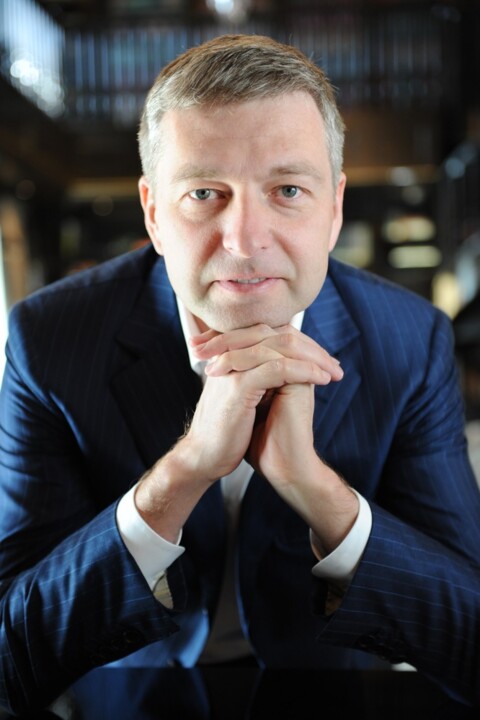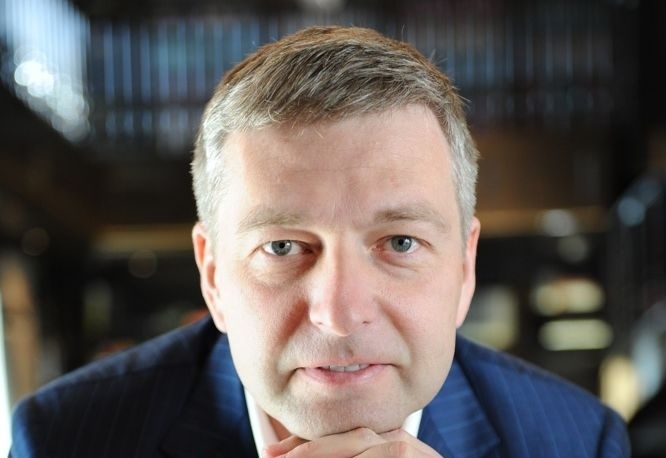 Dmitry Rybolovlev, credit: Francknataf via Wikipedia
Dmitry Rybolovlev, credit: Francknataf via Wikipedia
In an unfolding legal drama in New York, Russian billionaire Dmitry Rybolovlev is taking on the prestigious auction house Sotheby's, along with Swiss art dealer Yves Bouvier, in a lawsuit that threatens to unveil the often opaque dealings of the art world. Rybolovlev, who Forbes lists as the 428th wealthiest person globally, claims that he was deceived in art purchases amounting to over $1 billion in overcharges.
The root of the dispute centers around Rybolovlev's transactions with Bouvier, who he alleges misrepresented his role, acting both as an art adviser and a seller, leading to inflated prices and substantial financial losses for Rybolovlev. A notable example cited in the lawsuit is the purchase of Amedeo Modigliani's sculpture "Tête," which Rybolovlev bought for $83 million under the belief that Bouvier was acting as his adviser. However, it later emerged that Bouvier was the seller, a dual role that Rybolovlev was unaware of.
The case also involves several other high-profile artworks, such as René Magritte’s "Le Domaine d’Arnheim," Gustav Klimt’s "Wasserschlangen II," and notably, Leonardo da Vinci's "Salvator Mundi." This last piece gained fame when it was sold for a staggering $450.3 million in 2017, setting a record for the most expensive artwork ever sold. This sale occurred years after Rybolovlev had contemplated purchasing it for a significantly lower price, highlighting the dramatic inflation of art values in these transactions.
Sotheby's has been implicated in the suit, with Rybolovlev's legal team asserting that the auction house played a role in facilitating Bouvier's alleged scheme by inflating valuations and helping to mask the overpricing. Sotheby's, however, maintains its innocence, claiming strict adherence to legal, financial, and ethical standards in all its dealings.
This lawsuit, beyond its immediate parties, is significant for potentially exposing questionable and ethically dubious practices within the art market, a realm often shrouded in secrecy and known for its lack of transparency. The outcome of this case could have lasting implications on how business is conducted in the art world, especially in the secondary market. The trial, which is attracting considerable attention, is set to reveal details about the complex and often hidden workings of art valuation and sales, potentially leading to a reevaluation of industry practices.


 Jean Dubreil
Jean Dubreil